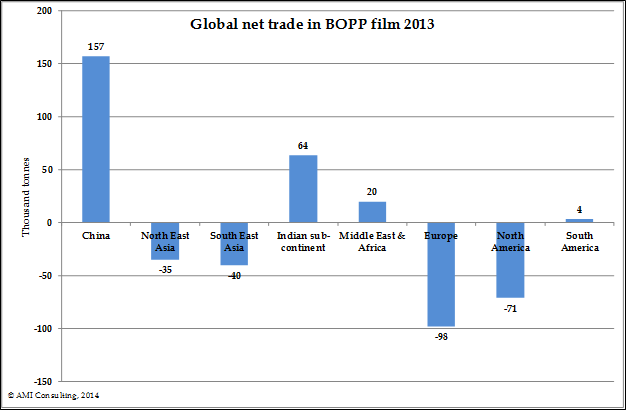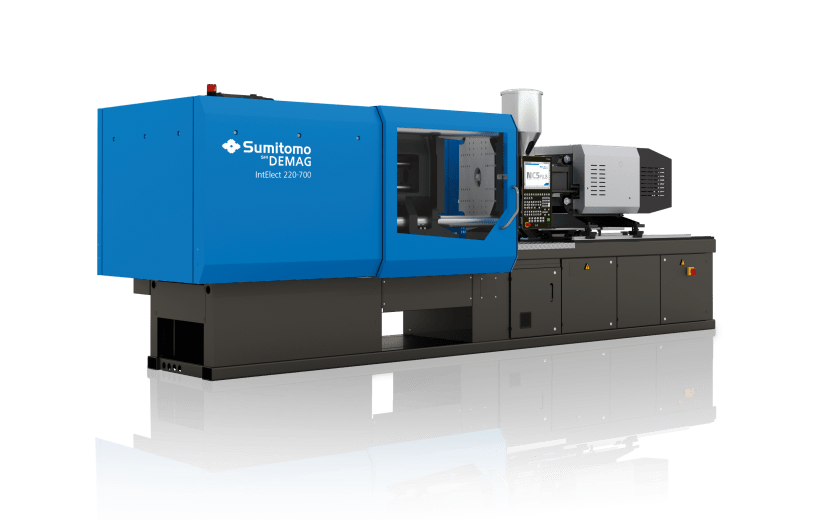Tyre manufacturers find themselves trapped as rubber prices have risen shar-ply following global cues while they failed to purchase their requirements when the com-modity was available quite cheap just a month ago.
While they were complaining futures market was responsible for the price rise, traders, who had tyre makers’ orders for natural rubber, were hedging in futures knowing well that demand is increasing.
Anil Mishra, CEO of NMCE which trades in rubber futures, said, producers are actively participating.
Mishra also said, “Rubber prices were moving in the range of Rs 65-75 per kg from mid-December last year to mid-March this year. Tyre manufacturers should have hedged their requirements during this period on futures by paying a 5 per cent margin.” Now for the last one month, natural rubber prices have risen to Rs 100 (today rubber price is Rs 94) they have missed the bus.
When contacted, Rajiv Budhraja, Director General of Automotive Tyre Manufacturers Association said “it is very difficult for tyre manufacturers to take part in futures trading as the futures market has been hijacked by speculative interests. The prices are being manipulated in a big way in contract trading by some vested interests so that genuine stakeholders cannot enjoy the benefits of hedging. So tyre majors are not participating in this business in a big way.”
Rubber futures were re-launched after a period of over six months from December, 2008, and since then volumes have improved sharply. Today, according to data from NMCE, 1,700-2,000 rubber producers and traders are participating in rubber futures on the National Multi-Commodity Exchange. Rubber futures is a fairly well-distributed market with an open interest of over 2,100 contracts with 564 participants.
However, brokers active in the rubber futures trading say “tyre makers were placing orders with traders explaining their weekly requirements of rubber for the next couple of months. Traders were using the information and were buying rubber from the open market as well as in futures. With prices going up these traders have made a profit at the cost of tyre companies.”
For the last few days, rubber prices have been falling as farmers have increased tapping and, globally on worries relating to the automobile sector may not revive as soon as the expected natural rubber prices on Tokyo commodity exchange have fallen. Yogin Lathia, past president of All India Rubber Industry Association said that “Rubber outlook depends on growth in automobile industry.Tyre and auto component manufacturers consume over 70 per cent of the rubber.”
Also, there are reports of leading rubber producing countries like Thailand, Indonesia taking measures to restrict exports of natural rubber. If they do so, rubber prices would not fall and may go up further.”
Anil Mishra of NMCE says, tyre makers can still hedge in futures. “If they feel prices will soften, they can sell in futures and if they feel it will go up, they should buy from futures.”
Source: worldscrap.com






